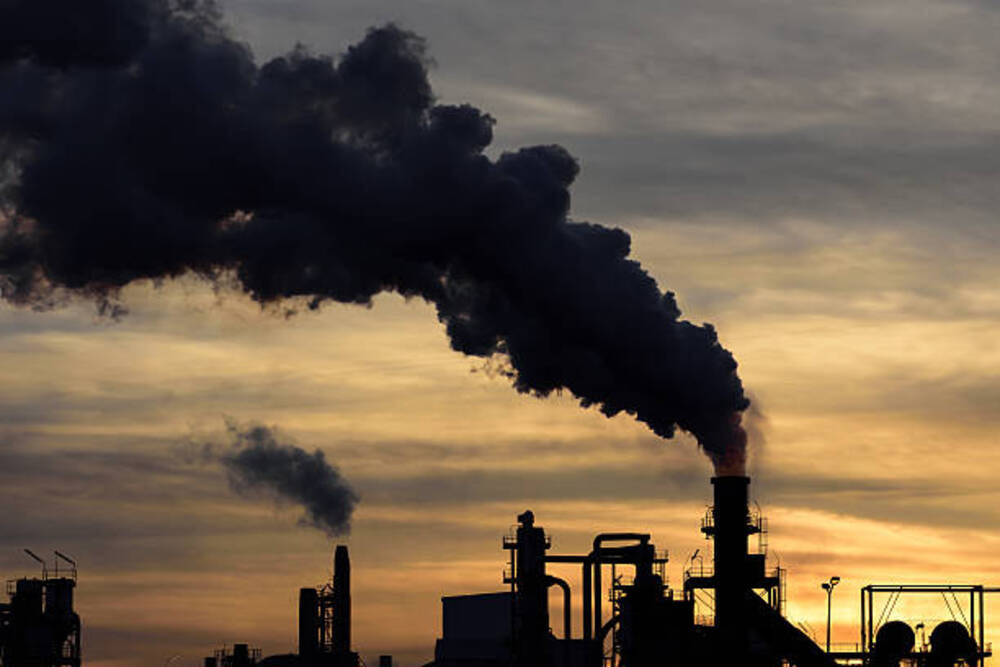In an effort to reduce carbon emissions in its industries, Germany plans to launch a subsidies program in April 2023, as the country looks to achieve its goal of carbon neutrality by 2045. The program will offer 15-year subsidies for energy-intensive industries, such as steel, cement, and chemicals industries, in exchange for reducing their carbon emissions during production.
The program will operate through an auction process, where companies can apply for subsidies and show how much funding they need to switch to green production. To encourage early participation, companies will be asked to express their interest and provide initial project information as early as April 2023.
Aims of the Subsidies-for-Emissions-Cuts Plan
The subsidies-for-emissions-cuts plan aims to reduce Germany’s carbon emissions from industry, which accounts for nearly a quarter of the country’s greenhouse gas emissions. The government’s plan aims to achieve a carbon-neutral industry by 2045.
The program also aims to support the country’s transition to renewable energy and address the increasing demands for clean energy production. The subsidies will help energy-intensive industries cover the additional costs of switching to green production and promote the adoption of low-carbon technologies.
Auction process to reduce bureaucracy
The auction process will allow companies to bid for subsidies based on their project proposals and estimated funding requirements. The program will prioritize companies with low-cost plans for emissions reduction, making it an efficient and cost-effective way for the government to support the industry’s transition to carbon neutrality.
The funding guideline for the program emphasizes that the auction process will cut down on bureaucracy and provide quick and efficient state support for the industry. The contracts offered to companies will be modeled on hedging contracts to limit price risks.
Repayment for subsidies
The amount of subsidy will be based on the additional costs of the climate-friendly system compared to conventional production. If climate-friendly production becomes cheaper than conventional output, subsidized companies will repay the state. This system ensures that companies are only supported in the early stages of their transition to green production and promotes long-term cost-effectiveness.
Criticism and response
The subsidies-for-emissions-cuts plan has received criticism from advisers to the economy ministry, who argue that the program is overly complex and may affect company decisions and distort the market. However, the government is confident that the program’s auction process will provide a fair and efficient way for companies to apply for subsidies, and that the program will promote the adoption of low-carbon technologies and support the country’s transition to carbon neutrality.
All in all…
Germany’s subsidies-for-emissions-cuts plan aims to promote the adoption of low-carbon technologies and support the country’s transition to carbon neutrality. The program’s auction process will allow companies to bid for subsidies and promote cost-effectiveness. The repayment system ensures that companies are supported only in the early stages of their transition to green production. Despite criticism, the government is confident that the program will support the country’s efforts to reduce carbon emissions in the industry. Thus, it will achieve its carbon neutrality goal.

